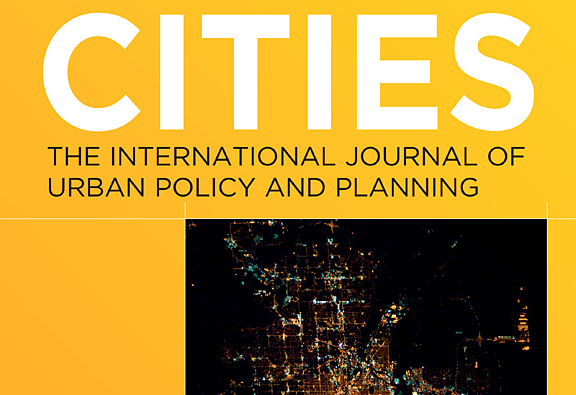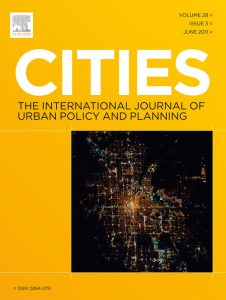
(in open access till June 10, 2020 on the CITIES journal platform by Elsevier) Cucuzzella C., Chupin J.P., Hammond C., “Eco-didacticism in art and architecture: Design as means for raising awareness”, CITIES # 102
ABSTRACT:
Highlights
- •Our paper found that while there are many precedents for a socially- or environmentally-engaged public art practice, we argue that the eco-didactic approach is a new mode of seeking public enlightenment through the arts.
- •An overwhelming desire to inform thorough the formal qualities seems key to such works
- •Visibility of environmental analogies or other easily readable elements were present in the works
- •Dialogue, whether formally organized or informally achieved, was a key element accompanying some of the artworks. This was more information sharing in nature than debate-like conversations.
- •Most of the content of the eco-messages was information that is already widely known. It did not allow for a conceptual or community debate since the information provided was simply accepted as true
Abstract
The aim of this paper is to assess a distinctive form of environmentally-driven architecture and public art practice that has emerged in urban contexts over the last two decades. It appears that these environmental practices have been developing a distinctive, didactic discourse in recent decades. We formulate the hypothesis that this form of creative intervention, which we provisionally name the “eco-art installation,” is part of an “eco-didactic turn” that crosses disciplines, specifically art, sustainable design, and architecture. This type of intervention further mobilizes different publics within various urban landscapes, and engages new forms of collaboration with municipal authorities. In this sense, the urban eco-art installation does not simply demonstrate its alignment with pressing ecological issues; rather, it is driven by an urgent need to explain. This new form of explanatory discourse places the “eco-message” squarely in the public realm. After differentiating between didacticism and dialecticism, we present specific approaches to assess the installations’ communicative properties. Preliminary results show that these eco-art installations exist for the sake of communicating their message. The adoption of the public realm is key, since it may foster human encounters and engagement with the issues collectively, contributing to the potential of ‘public space as political forum’.
In open access till June 10, 2020 :

